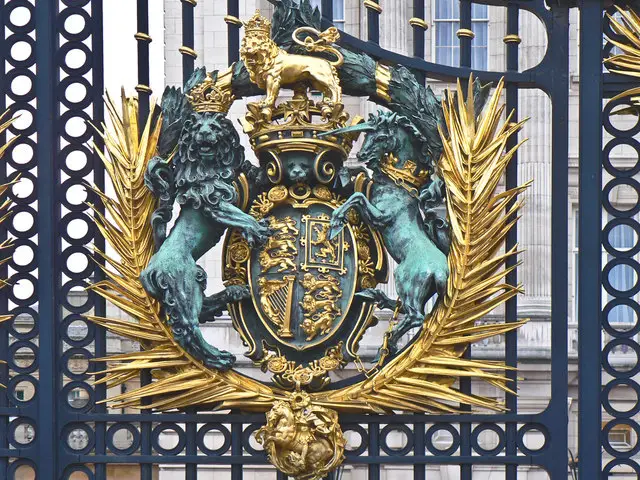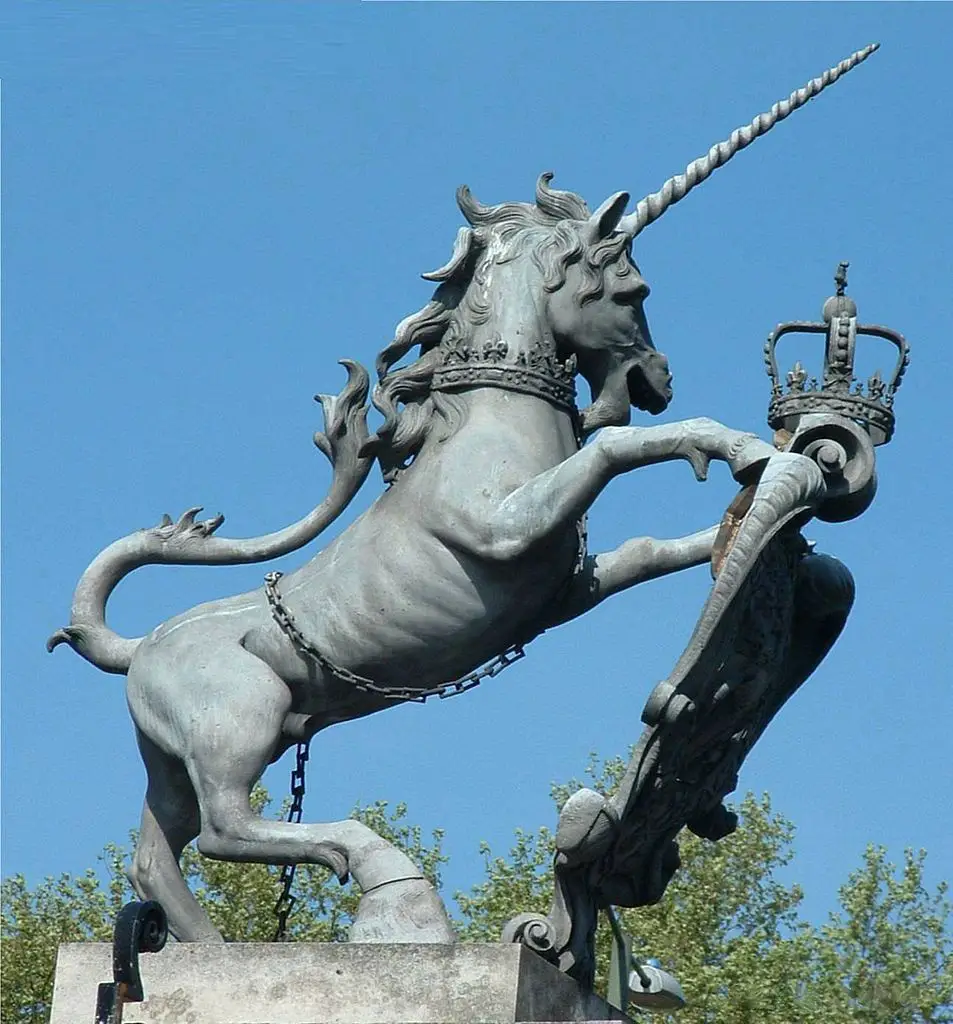Many countries have an animal representing them, but for Scotland, the choice may seem rather odd. The national animal of Scotland is, in fact, the unicorn, and the reason for the selection of this mythological creature has been firmly fixed in the history of the country.
Unicorns have been around since 3,500 B.C. and the time of the Babylonians. They were even written about and thought of as real animals by the ancient Greeks. In Celtic mythology, the unicorn was a symbol of purity, grace, joy, and innocence, as well as power and strength. It has been a Scottish symbol since the 12th century when it was on an early form of the Scottish Coat of Arms. In the 15th century, gold coins even appeared with the unicorn on them when King James III was in power. The unicorn had become an important symbol that represented the country of Scotland.
When Scotland and England unified under the reign of King James VI of Scotland in 1603, the Scottish Royal Arms had two unicorns supporting a shield. King James VI, who became King James I after the unification, replaced the unicorn on the left of the shield with the national animal of England, the lion, to show that the countries (which included Ireland) were indeed unified. This was known as the Union of the Crowns. More than a century later, on January 16, 1707, Scotland and England joined in a political union and created the United Kingdom of Britain.

Today the Royal Coat of Arms of the United Kingdom still consists of the unicorn of Scotland and the lion of England. Each animal is in its original position from the time of the Union of the Crowns, but the Scottish version has the animals reversed with the unicorn on the right and the lion on the left. The lion is even considered to be the natural enemy of the unicorn.
The unicorn representing Scotland is always depicted with a chain around its neck, as this symbolizes the medieval belief that the unicorn was a strong and dangerous animal that was untamed. Incidentally, it was the belief that it could only be tamed by a virgin. The unicorn wasn’t thought of as a gentle mythological animal in medieval times as it is thought of today.
Sources: The Scotsman, World Atlas, Scottish-at-Heart.com, Historic UK


